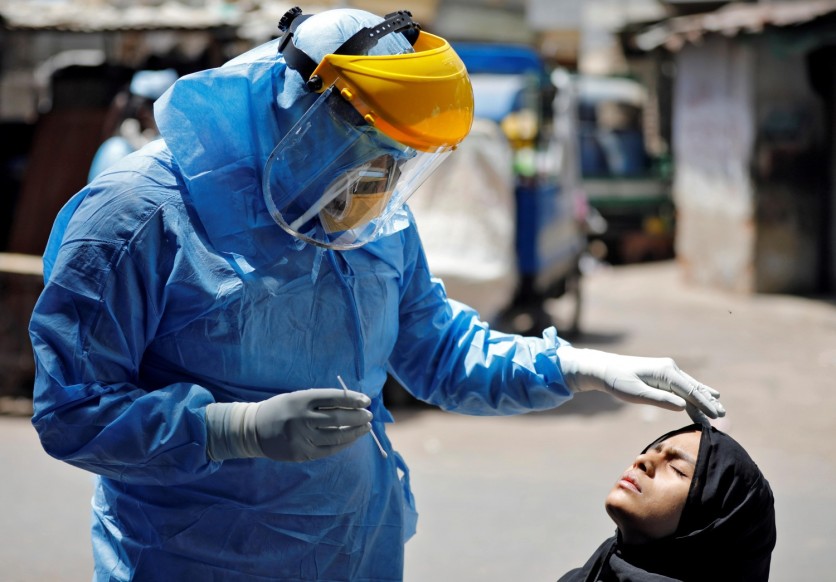The United States has tested more than 1.2 million Americans for coronavirus, but some have acquired adverse effects regardless of being infected.
The coronavirus usually forms in the lungs and affects your respiratory system. The virus strain also sits in a hollow space between the nose and throat, where the swab couldn't reach.

Swab test could produce inaccurate results if samples not taken correctly
Although the RT-polymerase chain reaction (rRT-PCR) detection is the 'gold standard' for testing, it can produce an inaccurate result if the sample isn't taken correctly.
Experts agree with that because hospitals and drive-through testing sites are crowded, healthcare workers are dashing to cater as many people as possible and aren't collecting the samples properly.
The Centers for Disease Control and Prevention (CDC) announced the acclaim for the RT-PCR test in February for patients who meet precise criteria for coronavirus testing.
Jeff Pothof, the chief high-quality officer at UW Health, told Slate.Com that the test is 'actually good.'
"So good that if we can capture a single strand of RNA, we can get a result," Pothof said.
The coronavirus is known to develop in the lungs and convey fluid in air areas that cause heavy breathing - a common symptom of the virus.
Coronavirus testing is done by using a protracted swab that enters the nose to acquire samples from the uppermost a part of the throat.
One TikTok user told DailyMail the process 'felt like I'm being stabbed in the brain.'
However, the coronavirus might not sit in the same spot for everyone, once in a while it forms in a deep cavity between the nostril and the throat -- a place swabs are not able to reach.
Nam Tran, an associate scientific professor at the University of California, Davis, told Slate.Com there's a false impression that the virus strain is all around the place if someone has COVID-19.
"That's no longer true," he said.
Healthcare workers could not reach that certain cavity
Pothof and Tran both agree that one of the reasons for the fake negatives is because healthcare workers aren't capable of reaching that far back performing a nose swab.
In addition to not gathering samples properly, the experts assume that with the pandemic sparking fear across the country, centers are overflowing with people hoping to undergo testing.
This causes healthcare workers rushing from one test to another, which leaves room for error.
Because there are have been many reports of false negatives, medical doctors at the moment are calling for chest CT scans to be used as a way to determine if a person is infected.
These X-rays show that the lungs are full of fluid, allowing professionals to see the virus in place to rely on secretion samples.
Numerous scans of patients with coronavirus show white patches in the lower corners of the lungs, which suggests what radiologists call ground-glass opacity or the partial filling of air areas.
Such abnormalities identified by doctors in the scans of coronavirus sufferers are much like those observed in sufferers suffering from SARS and MERS.
The coronavirus started in China in December 2019 and has now infected nearly every country in the world.
However, the U.S. is feeling the brunt of the pandemic and has more instances and deaths than any other different nation.
There are now some 1.5 million confirmed cases of coronavirus around the world as of writing. More than 88,500 people have died, and nearly 330,000 have recovered.
![Apple Watch Series 10 [GPS 42mm]](https://d.techtimes.com/en/full/453899/apple-watch-series-10-gps-42mm.jpg?w=184&h=103&f=9fb3c2ea2db928c663d1d2eadbcb3e52)



